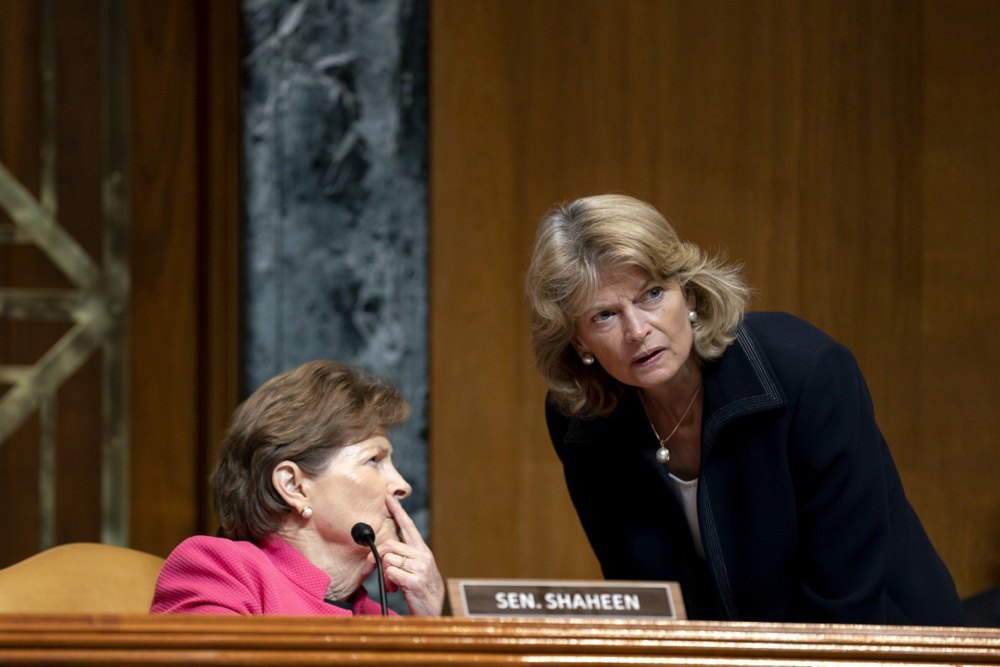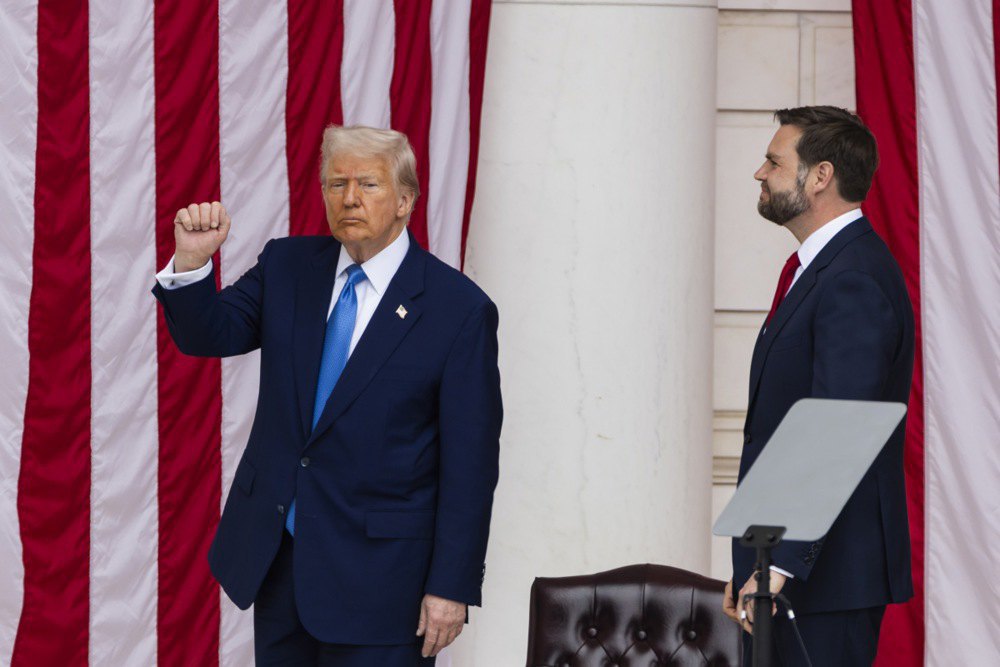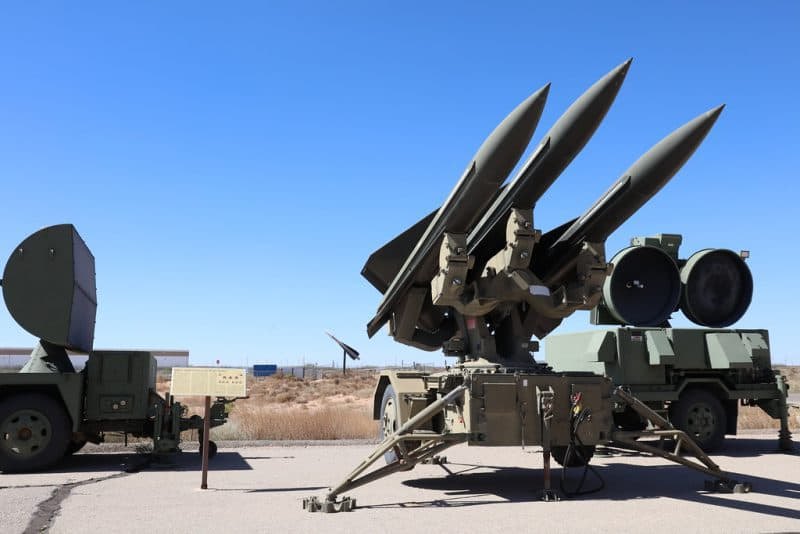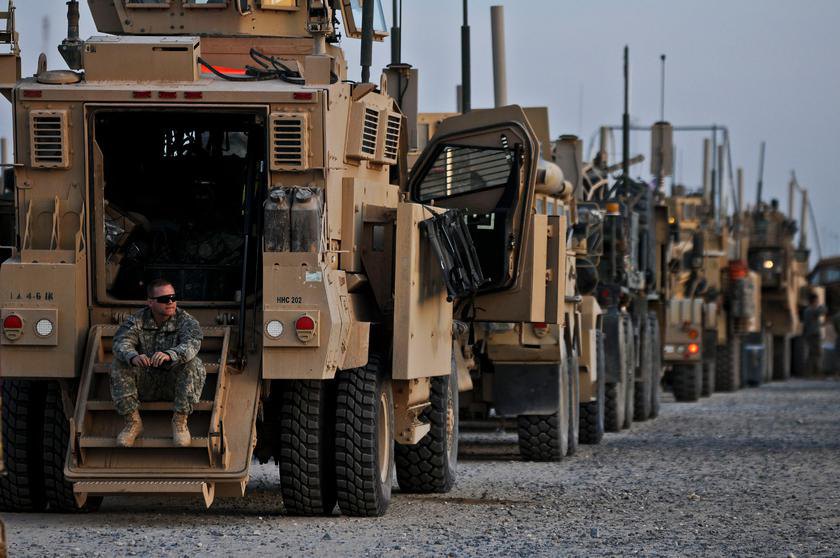
In other words, Republicans could formally fulfil their promises to the electorate — no direct spending of American taxpayers’ money. There's a big, beautiful ocean between us, and that’s just fine. Many Republicans oppose aid to Ukraine, so this workaround might suit them.
Moreover, part of the revenue from arms sales to Europeans for Ukraine, weapons purchases for Germany (Patriot and Stinger batteries), and the sale of HIMARS to the Baltic States and Eastern Europe will be channelled towards long-term support for Ukraine.
This is a strong signal: for many months, the EU will face a shortage of arms and ammunition, and this gap can be filled with the help of Washington, state guarantees, loans, and various mechanisms such as bonds.
And any activity in this direction means a stream of resources for Kyiv.
In addition, the bill proposes expanding the President’s authority to transfer existing US military stockpiles. At present, the head of the White House can provide up to $100 million in aid without Senate approval. The senators propose increasing this threshold to $6 billion.

Alongside this shift in the balance of powers, flexibility emerges — no need for debates or budgets in case North Korea or another rogue state, already under full sanctions, decides to escalate further. It’s likely that a more authoritarian Donald Trump values having such leverage, despite the bipartisan support.
The bill includes $30 billion in direct military support for 2026–2027, $600 million to support Ukraine’s National Police and State Border Guard Service, and $50 million for investigating war crimes.
This, too, is a positive sign — structural investments rather than just resources to buy time while EU shell factories and explosives plants get up and running. The Americans need us as a partner governed by the rule of law, not as a Somali-style failed state on Russia’s doorstep — no matter what Russian propagandists might claim.
Can $30 billion over two years impact the situation on the battlefield? Absolutely.
Guided bombs and electronic warfare self-defence pods for aircraft — we still aren’t fully using the potential to drop a hundred precision bombs per day, to target every border crossing, pilot position, and tactical logistics hub.
Tactical ballistic missiles (OTRK) — we don’t even need the latest ATACMS 2000; older cluster variants will do. Like a textbook for corps commanders: strike expensive radars, helicopter landing zones, communications nodes, and air defence batteries. Let’s see what runs out first — US budget dollars or Russia’s foreign currency reserves.

Countering Shahed drones — modernising short-range anti-aircraft artillery with night channels and fire control systems, acquiring additional Avengers, Hawk missiles, stopgap equipment like decommissioned naval SAMs and modified air-to-air missiles. Protecting the rear and defence industry from loitering munitions is a vital strategic objective. More and more countries are investing in Ukraine’s defence sector.
Pilot hunting — precision Excalibur artillery rounds upgraded against electronic warfare, cluster munitions, and shrapnel warheads for HIMARS. Applying pressure to their UAV forces to reduce pressure on our logistics is an important goal.
Plus, self-propelled artillery systems and interchangeable barrels — Russia has more shells; we must have the edge in range and accuracy.
Of course, armoured vehicles and MRAPs — we can’t afford massive losses by charging into minefields on motorbikes and buggies.
What matters now is how Trump and the Republican faction that sees spending on Ukraine as a waste will respond to the initiative.

However, the fact that the initiative includes both military support and investment in structural reforms is a good sign — the new administration has reached the same conclusion as the previous one: Russian successes in Ukraine destabilise Europe and run counter to the United States’ national interests. Unless this is merely a pressure tactic ahead of Whitcoff’s visit to Moscow to sign agreements, good news for Ukraine may soon be on the horizon.







